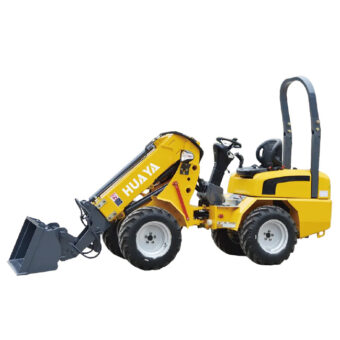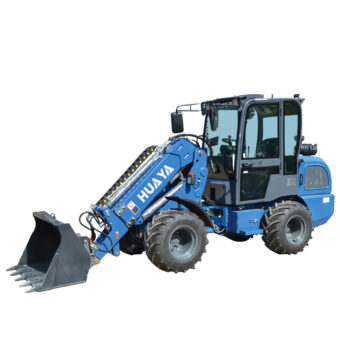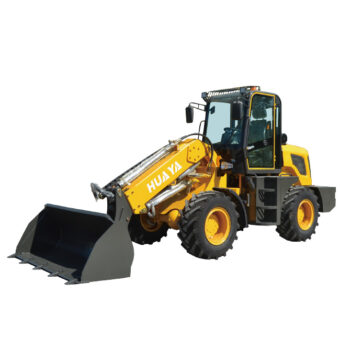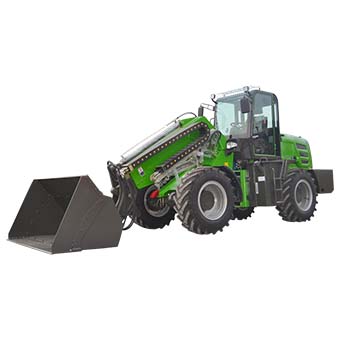
Actualités
Lorsque l'on envisage d'utiliser des machines lourdes pour la construction, l'agriculture ou les tâches industrielles, le choix du bon équipement peut avoir un impact significatif sur l'efficacité et la rentabilité. Les chariots télescopiques et les chargeurs télescopiques sur roues sont deux machines polyvalentes qui peuvent sembler similaires à première vue, mais qui présentent des différences marquées en termes de conception, de fonctionnalité et de cas d'utilisation.
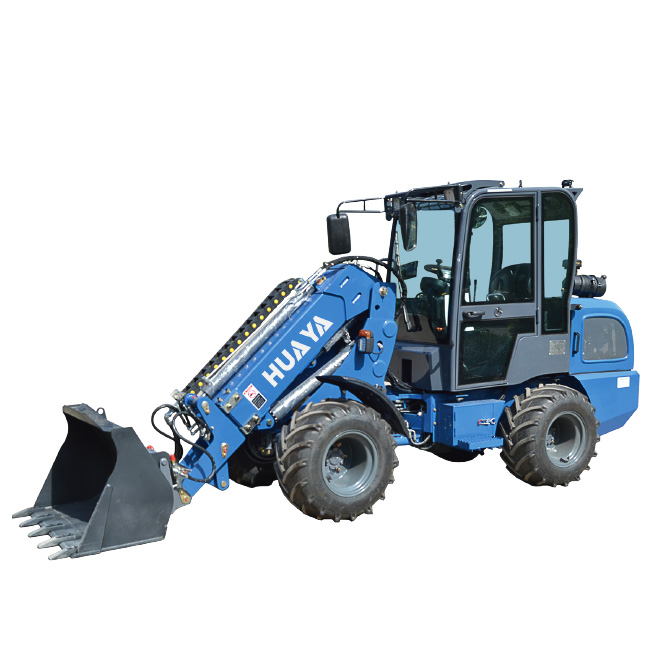
Appareil de manutention télescopique : Un appareil de manutention télescopique est une machine principalement conçue pour soulever et déplacer des matériaux. Il ressemble à un chariot élévateur, mais est équipé d'une flèche télescopique qui s'étend vers l'avant et vers le haut, offrant ainsi une portée et une hauteur accrues.
Chargeuse sur pneus télescopique : Une chargeuse télescopique sur pneus combine l'agilité compacte d'une chargeuse sur pneus avec une flèche télescopique. Elle est spécialement conçue pour les tâches nécessitant le levage, le chargement et la manœuvre de matériaux, en particulier dans les espaces confinés.
Idéal pour soulever des charges lourdes à des hauteurs importantes.
Couramment utilisés sur les chantiers de construction pour des tâches telles que la mise en place de palettes de briques ou l'installation de fermes.
Support de divers accessoires, tels que des godets, des fourches ou des treuils, pour une manutention polyvalente des matériaux.
Conçu pour le chargement, le transport et l'empilage de matériaux de manière efficace.
Sa force réside dans sa capacité à effectuer rapidement des tâches répétitives, telles que le chargement de camions ou le déplacement de matériaux en vrac comme le gravier ou le sable.
Elle offre une excellente maniabilité au sol et une grande polyvalence pour l'aménagement paysager, l'agriculture et les travaux de construction légers.
Appareil de manutention télescopique : Connues pour leur portée et leur hauteur de levage supérieures. Ces machines peuvent souvent atteindre des hauteurs supérieures à 30 pieds, ce qui les rend adaptées aux travaux en hauteur.
Chargeuse sur pneus télescopique : Il offre une portée modérée par rapport aux chariots télescopiques mais excelle en termes d'agilité et de facilité d'utilisation. La portée est généralement suffisante pour les opérations d'empilage ou de chargement.
Appareil de manutention télescopique : Bien qu'ils soient capables de se déplacer sur des terrains accidentés, les chargeurs télescopiques sont généralement moins agiles que les chargeuses sur pneus télescopiques en raison de leur taille plus importante et de leur conception axée sur le levage vertical.
Chargeuse sur pneus télescopique : Compactes et très maniables, ces chargeuses sont idéales pour les espaces restreints et les environnements dynamiques.
Appareil de manutention télescopique : Équipé de stabilisateurs pour un meilleur équilibre lors des opérations en hauteur. Cependant, sa capacité de charge diminue au fur et à mesure que la flèche s'allonge.
Chargeuse sur pneus télescopique : Maintient une capacité de charge constante même en pleine extension, ce qui assure une meilleure stabilité lors des opérations de chargement.
Appareil de manutention télescopique : Très polyvalent, il est équipé de divers accessoires pour différentes applications, notamment des godets, des flèches et des plates-formes.
Chargeuse sur pneus télescopique : Compatibilité limitée des accessoires, mais inclut souvent des outils essentiels comme les fourches et les godets, se concentrant davantage sur les tâches de chargement.
Construction : Les matériaux lourds sont placés en hauteur.
L'agriculture : Manipulation des balles et alimentation du bétail.
Entreposage : Déplacement de charges importantes dans des installations de stockage.
L'agriculture : Charger des aliments pour animaux ou des céréales dans des silos de stockage.
Aménagement paysager : Transport de terre ou de gravier.
Construction : Nettoyage général du site et manipulation des matériaux.
Le choix entre un appareil de manutention télescopique et une chargeuse sur pneus télescopique dépend de vos besoins spécifiques :
Optez pour un appareil de manutention télescopique si vos tâches impliquent d'atteindre des hauteurs élevées et de manipuler une variété d'accessoires.
Choisissez une chargeuse sur pneus télescopique si vous privilégiez l'efficacité du chargement, la maniabilité et le travail dans des espaces confinés.
Les deux machines sont indispensables dans leurs rôles respectifs, et la compréhension de leurs différences garantit des performances optimales pour vos projets.
